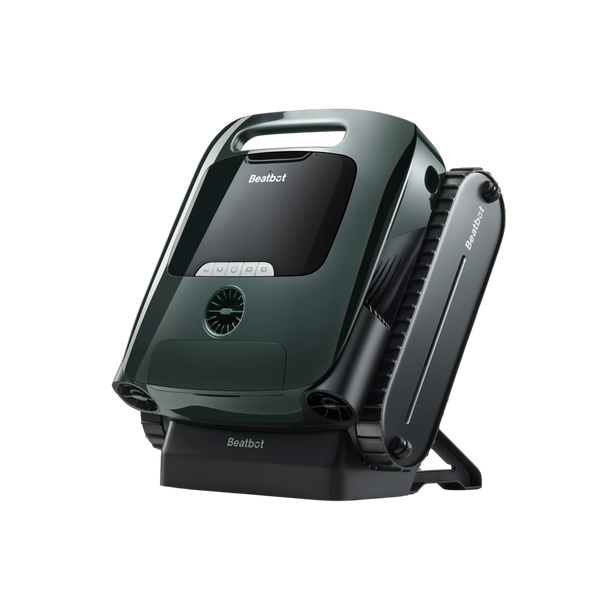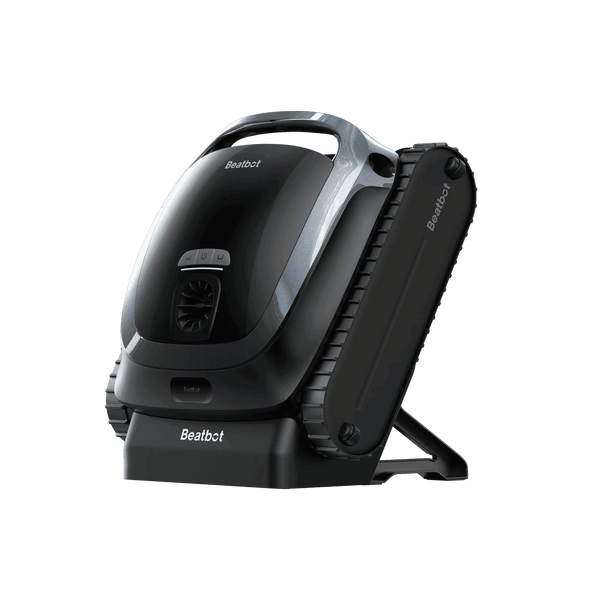Addressing the Unpleasant: A Comprehensive Guide to Handling Pool Contamination
Your first move during contamination makes all the difference. Clear your pool immediately - no exceptions. Legal requirements demand quick action, and your response protects both swimmers and your facility's reputation. Post clear signage at all entrances and secure pool access points. Your staff needs direct communication through radios or your facility's alert system.
Document everything. Your incident log should capture the time, type of contamination, and immediate actions taken. Snap photos if needed - they'll help with insurance claims and health department reports. The CDC requires specific closure times based on contamination type, so keep their latest guidelines handy. Your documentation protects you legally and guides your cleanup process.
Table of contents

Types of Pool Contamination and Their Impact
Pool contamination goes beyond the obvious problems. Chemical imbalances can irritate skin and eyes, while bacterial issues pose serious health risks. Your water clarity often signals deeper problems - cloudy water might mean chemical issues, while visible debris demands immediate attention. Each contamination type needs specific treatment approaches.
Fecal accidents require the most stringent response. Formed stool needs one treatment level, while diarrheal incidents demand aggressive disinfection. Vomit and blood exposures each need unique handling. Your response time matters - some contaminants can survive in pool water for days if not properly treated. High bather loads increase contamination risks, especially in warmer months.
Emergency Response Timeline
Your first 10 minutes determine treatment success. Start your pool's filtration system at full power. Remove visible contamination with proper equipment - never vacuum fecal matter. Test water chemistry right away to establish your baseline numbers. Your pump room readings help track system performance during treatment.
The next hours demand careful monitoring. Shock your pool to required levels based on contamination type. Check chlorine and pH every hour until levels stabilize. Your filter pressure readings show if your system handles the load. Run your pool's filtration for a full turnover before considering reopening. State laws often require specific turnover times - check your local codes.
These hours need constant attention. Record all chemical additions and test results. Watch for filter pressure changes that might signal cleaning needs. Your reopening timeline depends on contamination type and treatment success proof through water testing.
Professional Treatment Methods
Your treatment approach needs precision. Start with raising free chlorine levels based on contamination type. Light contamination needs 2-4 ppm, while serious incidents require 20+ ppm. Test your pH before shocking - proper shock treatment works best between 7.2-7.5. Watch your stabilizer levels, they affect how much chlorine you'll need.

Chemical Treatments
Balance comes first. Check total alkalinity - it should hit 80-120 ppm for best results. Your calcium hardness needs attention too, especially after heavy shocking. High chlorine levels might throw off your water balance, so monitor these numbers hourly during treatment.
Physical Cleaning
Run your filter system full blast. Backwash when pressure rises 8-10 PSI above normal. Brush pool walls and floor to break up any biofilm. Skip the vacuum for serious contamination - it risks spreading problems through your system. Your skimmer baskets need frequent cleaning during treatment.
Water Testing Requirements
Testing makes or breaks your decontamination success. Start with a complete water panel - you need baseline numbers for all parameters. Commercial test kits beat strips for accuracy. Record every test result - health inspectors want this documentation.
Your chlorine testing needs special attention. Check both free and combined chlorine. High combined chlorine signals your shock treatment isn't finished. Keep testing until combined chlorine drops below 0.5 ppm. Don't trust your normal testing schedule - contamination demands more frequent checks.
pH changes fast during heavy shocking. Test it every hour until levels stabilize. Your salt system might need adjustment based on these results. Document your chemical additions between tests - this helps track treatment effectiveness.
Prevention Strategies
Stop problems before they start. Post clear rules about shower requirements and swim diaper policies. Your signage should cover swimming restrictions for sick patrons. Train your staff to spot potential contamination risks. Regular bathroom breaks for young swimmers cut accident risks significantly.
Your maintenance schedule needs backup plans. Keep extra sanitizer on hand for emergencies. Check your chemical feed systems daily - they're your first defense line. Build relationships with pool supply vendors who can deliver emergency supplies fast. Your prevention plan saves money long-term compared to emergency response costs.
Monitor bather loads closely during peak times. Your filtration system handles normal crowds, but heavy use needs extra attention. Schedule more frequent testing during busy periods. Your staff should know exact steps for enforcing pool rules that prevent contamination.
Regulatory Compliance
Health codes hit hard when you miss their marks. Each state packs different rules for contamination cleanup. Your local health department wants specific paperwork - keep those forms ready. Update your logs daily, because surprise inspections happen. Most areas demand monthly reports, but contamination triggers immediate notification requirements.
California needs closure reports within 24 hours. Florida wants test results documented every step of cleanup. Check your state's latest guidelines - they change often. Insurance companies demand their own paper trail. Missing documents could cost you coverage when you need it most.
Equipment and Supply Needs
Stock your emergency kit smart. Basic supplies won't cut it for serious contamination. Your cleanup arsenal needs:
- Commercial test kits with all parameters
- High-test chlorine shock
- pH adjusters ready to go
- Proper safety gear for staff
Keep extra supplies locked up. Emergency vendors charge premium rates. Smart pool operators maintain double inventory during peak season. Your staff needs easy access to safety equipment - store it near the pool.

Long-term Maintenance Adjustments
Bump up your game after contamination. Audit your maintenance plan - find those weak spots. Your filter might need more frequent backwashing. Chemical feed systems could use upgrades. Staff training becomes crucial - yearly refreshers aren't enough anymore.
Water chemistry needs tighter control ranges. Test more often during busy hours. Your equipment maintenance schedule might need changes. Consider automated monitoring systems - they catch problems early.
Smart Steps Forward
Your pool deserves better than reactive maintenance. Build contamination response into daily operations. Train staff before problems hit. Keep supplies stocked, documentation ready, and procedures updated.
Remember: quick response saves money and reputation. Your pool's safety record matters to everyone - health department, insurance, and swimmers alike. Stay ahead of problems with solid planning and proper supplies. Keep these guidelines handy - they'll save you when contamination strikes.
Handle pool contamination right. Your swimmers count on it. Your business depends on it. Now you've got the tools to tackle any contamination challenge head-on.
Relative Blogs
About the author



















